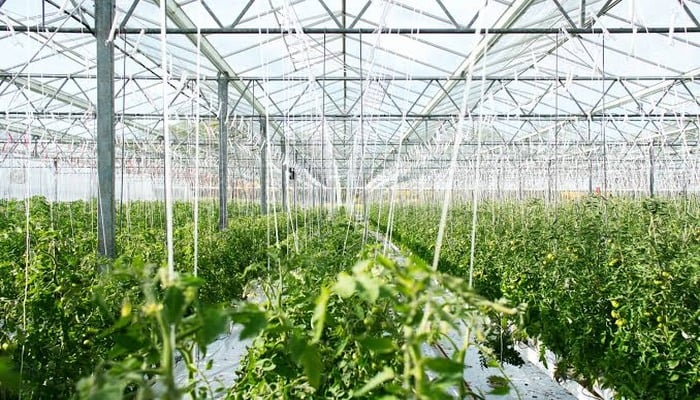
The Punjab Forest Department is implementing a hydroseeding mechanism as a response to restore unproductive and erosion-prone spaces and to promote plant growth to combat the climate crisis overall.
Chief Conservator Abid Gondal explained that the department has effectively utilised this process in Jallo Park in Lahore over several acres of land.
The process entails the spraying of seeds, water, fertiliser, and nutrients in a mixture from a specialised machine. He added that it is particularly effective in regions where traditional planting is not favourable, including slopes and desert land or erosion-prone lands.
Punjab has approximately 3.8 million acres of unproductive or non-agricultural land within its total of 50.7 million acres. Gondal mentioned that it would also be useful for greening areas, such as the Cholistan and Thal deserts and urban land, as part of projects, such as roadside planting and housing development.
Hydroseeding, also known as hydromulching, was originally developed in the United States and is used globally, including by the Kingdom of Saudi Arabia and the United Arab Emirates, for land reclamation, land rehabilitation and soil erosion control.
Experts explain that seeded grass and plant growth happen quickly, which reduces erosion and protects the environment.
However, in Pakistan there are obstacles, including water, specialised equipment to conduct hydroseeding, and trained personnel to supervise the use of this method. Forester and forestry expert Naseem Butt stated that not every area will be suitable, such as for rocky or unproductive or infertile soils.
















